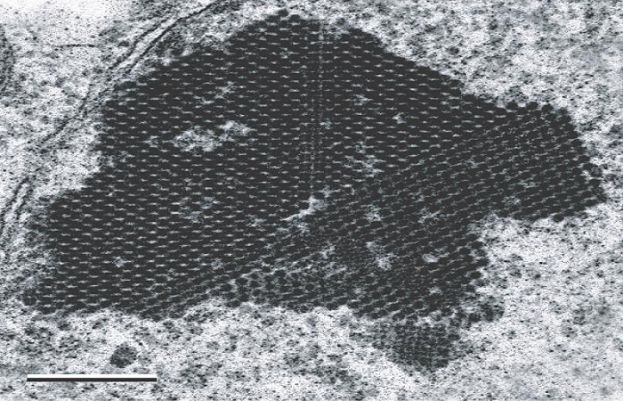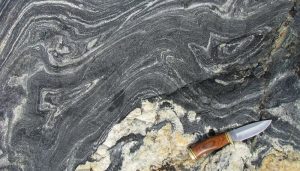
Almost 200,000 of the infectious pathogens were found during a global marine life expedition, which took over 10 years to complete. Most of the viruses are harmless to humans but can infect marine life, such as whales and crustaceans. The findings were published in the journal Cell.
Scientists have said that the discovery of all these viruses is important because they can teach us more about life on the planet and the impact of climate change.
The viruses could help researchers calculate the balance of oxygen and carbon dioxide in the Earth’s atmosphere as organisms in the sea help to recycle oxygen.
As oceans are known to absorb and store a lot of CO2, life in the ocean is needed to help covert this compound into other forms because too much CO2 could acidifying oceans and kill off marine life.
Therefore, this vast number of viruses could actually be a positive thing from a climate change perspective.
Lots of the viruses were found in the ocean, which surprised the researchers as they thought the hostile climate wouldn’t support much life.
The researchers have created a distribution map of the viruses they found in oceans across the world and have sectioned them into five zones, which could be useful for future researchers.
They collected samples at depths of up to 2.4 miles down.
Microbiologist Matthew Sullivan took part in the research and explained: “Having a new map of where these viruses are located can help us understand this ocean carbon ‘pump’ and, more broadly, biogeochemistry that impacts the planet.
“Previous ocean ecosystem models have commonly ignored microbes and rarely included viruses, but we now know they are a vital component to include.”
Before this study, only around 15,000 ocean viruses had been confirmed.



